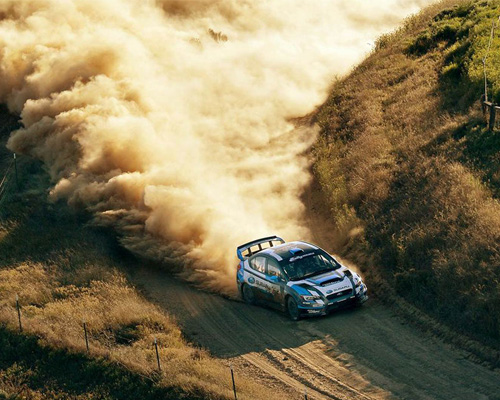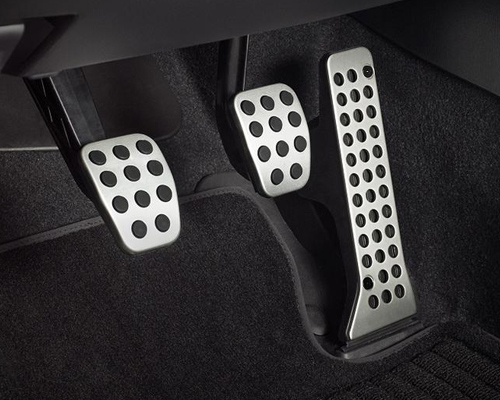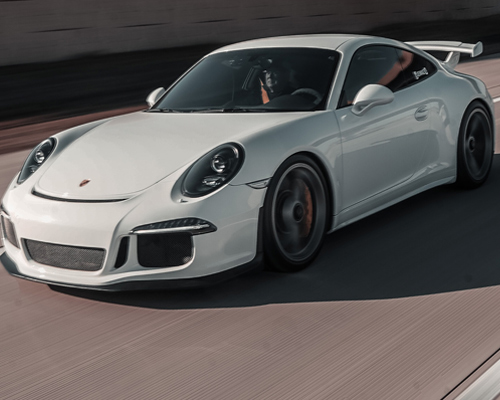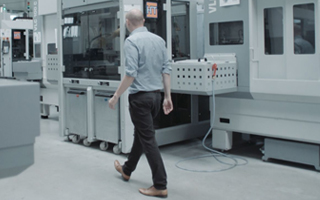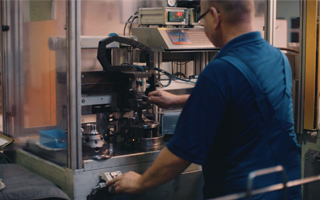What Is Trail Braking and Why Do Racing Drivers Use It?
14th March 2023
The world of motorsport is all about fine margins. Shaving milliseconds off a lap time could bring huge rewards, even championships… hence that never-ending search for an advantage, however small.
This has inevitably led to a host of advanced, not to mention daring driving techniques being deployed on track.
Trail braking falls into the former category and is a literal balancing act.
This process is about expertly transferring the weight of a car in a bid to achieve more grip heading into a corner. More grip facilitates more control, which leads to more acceleration and… you know the rest.
Yet it’s a fine line between looking up the leaderboard and locking up your car.
Considered one of three similar techniques, trail braking is perhaps overshadowed by the left foot equivalent and heel and toe downshifting. When executed correctly though, it’s equally effective.
So how do the professionals master cornering in this way?
How Trail Braking Effects The Weight of A Car
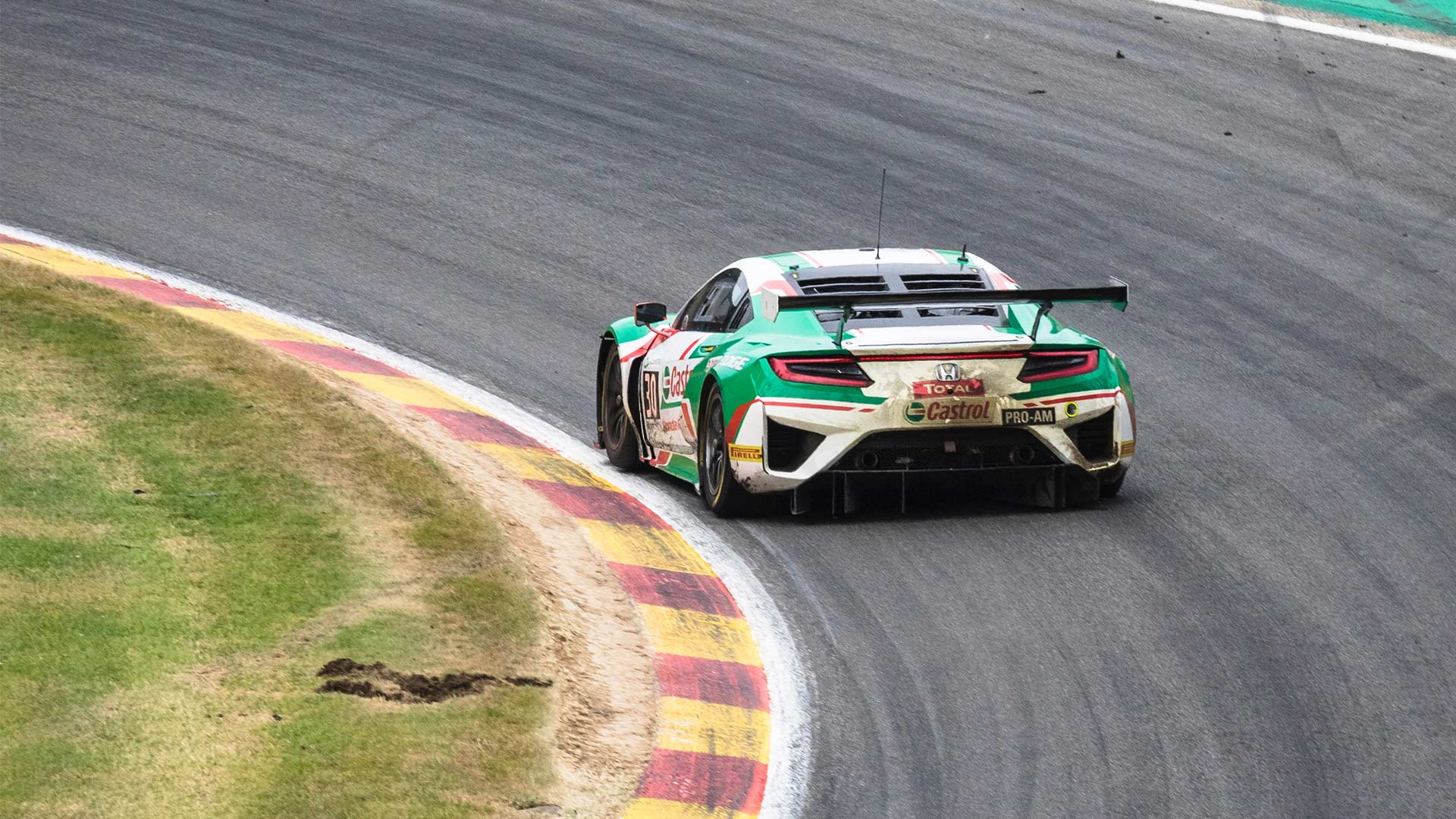
Unsurprisingly, they abandon the usual protocols.
Your typical driver and conservative racer (do they exist?) will ordinarily brake hard and in a straight line when approaching a corner.
As they begin to turn into the bend, they lift off the brakes.
There’s a very good reason for that, of course, given you only have so much grip to play with. Force it and you risk the car sliding.
What does this mean for the aforementioned transfer of weight?
Simply put, when applying pressure to the brakes before a corner, the weight of a vehicle is shifted forwards. This essentially causes the front of the car to crouch, or squat. It does so because the accompanying tyres are being forced into the tarmac to provide what’s known as front end grip.
When you turn into said corner and release the brakes however that front unloads, reducing the amount of grip and thus control.
The problem with this maneuver – from a competitive standpoint – is it can result in understeering, meaning drivers can be veered off course and lose precious seconds.
Rally drivers won’t countenance that and use trail braking to limit the loss of friction and control.
Meaning they approach corners differently.
As they begin to turn into a bend, they maintain some pressure on the brakes. Only when they apply more steering lock do they gradually ease off the pedal.
If the balance is right, they succeed in achieving more grip heading into the corner, making for faster speeds heading out of them. Repeat the process throughout a track and this results in far quicker lap times.
How Does Trail Braking Reduce Coasting?
Trail braking better distributes the weight of the car and ensures front tyres facilitate the maximum amount of grip when cornering.
In applying that light pressure to the brake pedal, drivers are able to keep the weight over the front end and stop their cars from pushing on.
Distributing weight in this controlled fashion removes the risk of coasting, which is purgatory for racers who depend on one of acceleration or deceleration. Spend too long between those states and a podium finish is as likely as a Williams one-two at Monaco.
How To Perfect Trail Braking
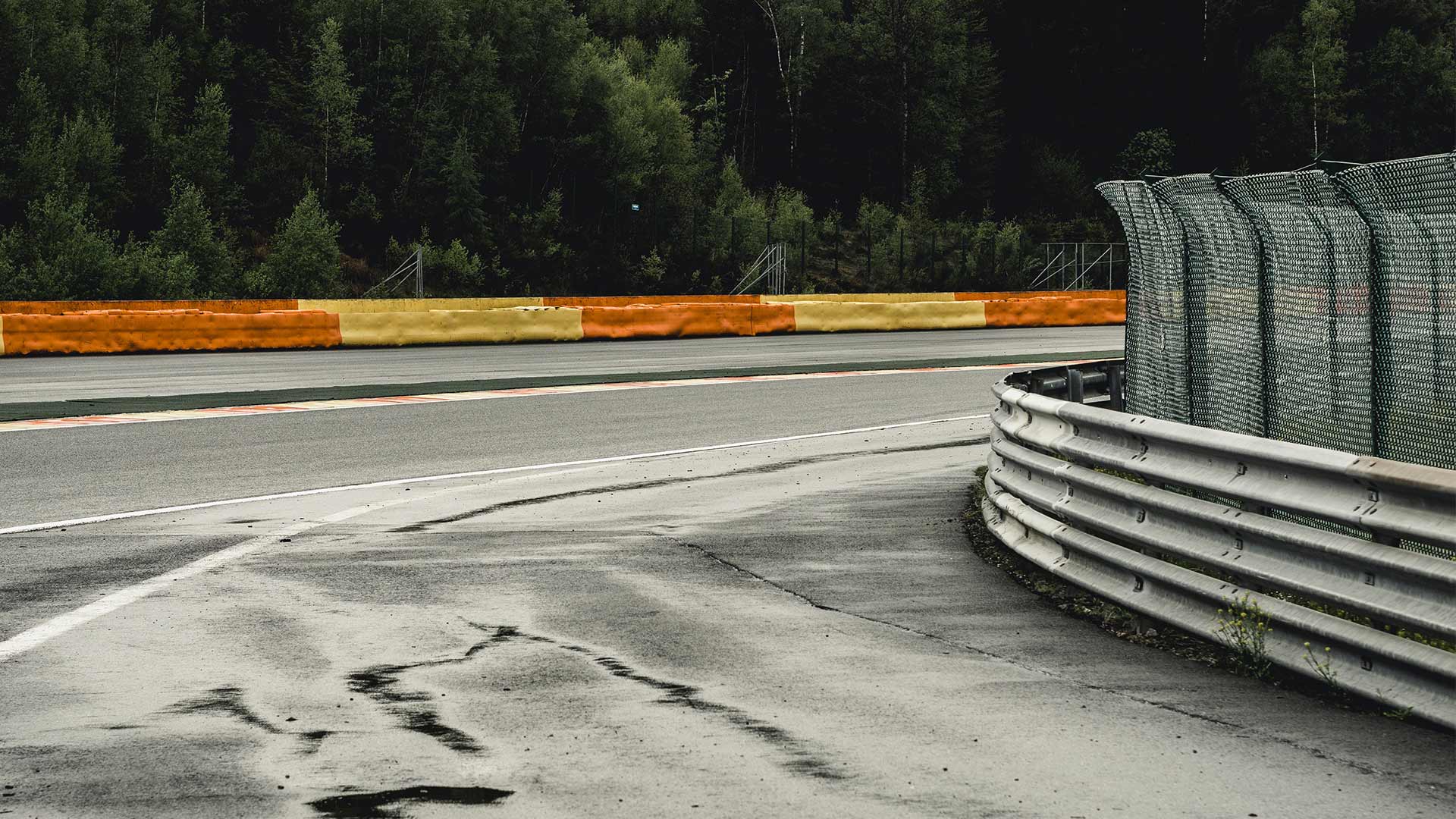
It goes without saying, trail braking is fit for the track, not the road.
It also takes time to perfect. It’s not uncommon for inexperienced drivers to turn whilst applying too much brake pressure. This can prove costly as their rear tyres will invariably unload, causing them to oversteer.
Braking too little meanwhile can have the opposite effect, causing the car to push on.
Finding that sweet spot is then curial.
It’s also worth correcting the car if your approach is wrong. Oversteering on entry is best corrected by using less brake pressure, peeling off the pedal slowly.
On the flip side, understeering on entry requires more brake pressure, right to the apex itself.
As with all advanced driving techniques, trail braking must be perfected over time. While synonymous with motorcycle racing it is a key skill in motorsport generally.
Most appropriate for slow, medium and long speed corners it’s a balancing act that brings great rewards.
A combined knowledge of car and corners is vital however as different vehicles bring different levels of grip. If you’re reading this you’re well aware a Formula One car will handle very differently to that built for a dirt track.
Whatever the terrain manipulating balance in this way is to put yourself in contention.


